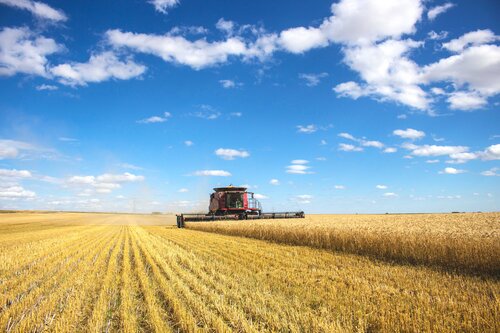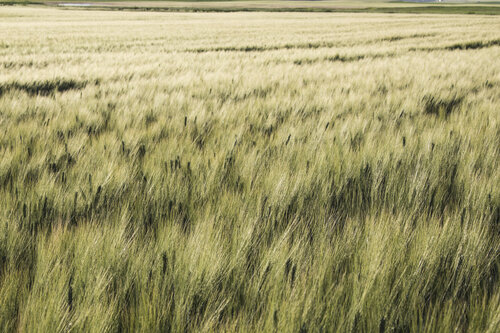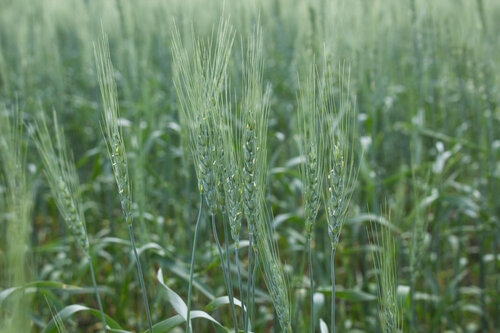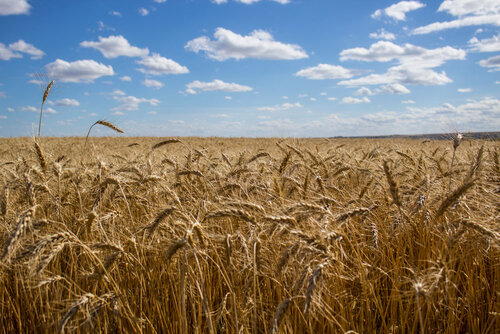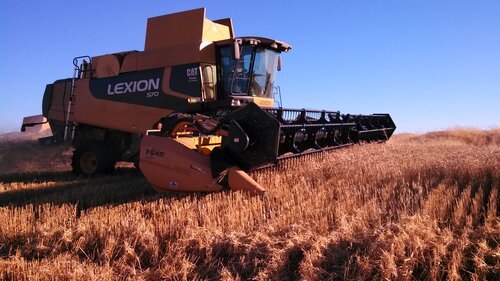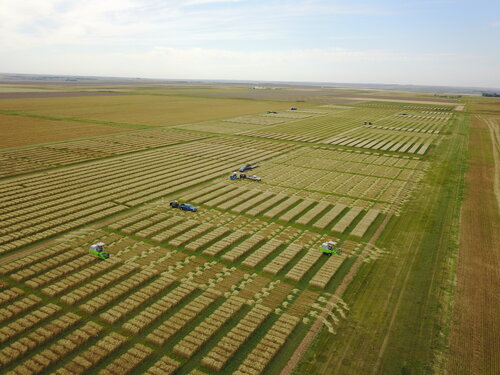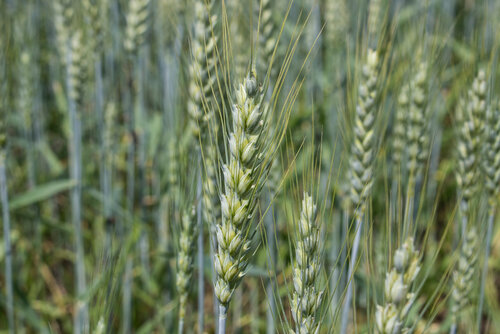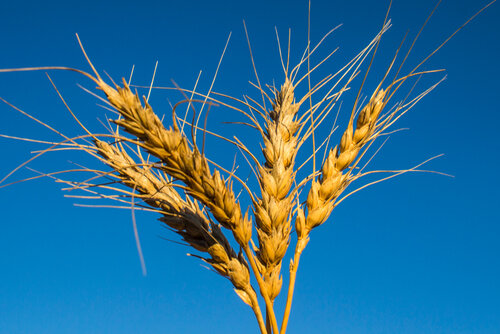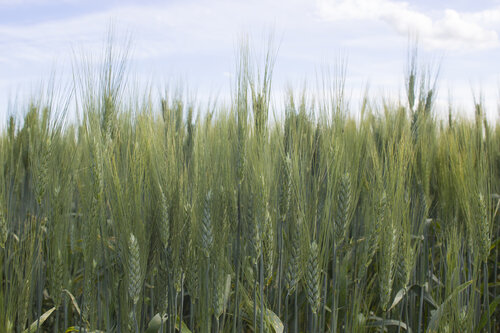Investigating Crop Management Options to Lessen the Impact of Fusarium Head Blight in Wheat
Fusarium head blight (FHB) is a fungal disease that infects wheat and other cereal crops. Depending on when infection occurs, FHB can reduce the number of kernels developed or result in Fusarium damaged kernels (FDKs) and contamination with deoxynivalenol (DON). If infection happens later, kernels may not appear damaged, but could still contain DON, which is a health risk for humans and animals.
“The presence of FDKs in harvested grain results not only in a reduction of yield and downgrading, but the infection will also impact functional characteristics of the grain for end users,” explains Kelly Turkington, a research scientist with Agriculture and Agri-Food Canada.
FHB is a difficult problem to manage. “Breeders have made incremental improvements, but the varieties we have available still don’t provide a high level of resistance,” Turkington says. “Fungicides provide suppression at best, and the crop rotations we’re using are not quite long enough to be an effective disease management tool.”
He recommends an integrated approach. “You can’t rely exclusively on one tool, you need a set of tools,” he says. “You need to rotate (not plant wheat on wheat), you need to apply a fungicide at anthesis (flowering), and you need to grow a ‘resistant’ variety.”
Turkington is running two different trials to explore a number of cropping strategies to reduce the impact of FHB. One is looking at crop rotation and residue management.
“We’re hoping to demonstrate the role extending the rotational interval from one year to two, or even three years, can have on disease risk, meaning the amount of infected residue that persists until the next time you grow wheat in that field,” explains Turkington.
Infected residue allows the pathogen to overwinter on the field and can result in spore production and reinfection if a cereal is grown the following year. The idea is to remove some of that highly infectious crop residue to reduce the extent of FHB infection in subsequent years.
The other trial is looking at row spacing, seeding rate, and fungicide timing.
He’s comparing narrow row spacing (7 to 10 inches) and wider row spacing (12 to 14 inches). Traditional thinking, he explains, suggests wider row spacing will lead to more air movement and shorter periods of high relative humidity and leaf wetness, which should discourage FHB. However, wider row spacing may also provide more wind access to infected stubble, which means spores could be more readily carried up onto the head. His theory is that low row spacing likely won’t have an impact on micro-environments, but it might help reduce spore dispersal.
He’s also comparing low and high seeding rates. Lower seeding rates result in more secondary tiller development and a less uniform crop. If you spray a fungicide when the main-stem tillers begin to flower, which is the ideal time, the heads on secondary tillers may not even be out and won’t be protected. Turkington’s theory is that higher seeding rates will result in more uniform crop development, more uniform head emergence, and hopefully better management of FHB when fungicides are applied.
Finally, he’s looking at four different fungicide treatments:
-
No spray (as a check)
-
Early application (about 4 days after head emergence)
-
Later application (about 7 to 10 days later)
-
Dual application (early and again later)
Traditionally, fungicide application happens at the beginning of anthesis. “It’s a key time for infection and production of FDKs and DON,” Turkington says. “If you apply a fungicide later, the concern is that it might not have the same impact. Based on research out of the US over the last five or so years, that simply isn’t the case.”
He says you can apply a fungicide later and have very similar, if not better management of FDKs and DON. However, later application may have implications for recommended pre-harvest intervals. Later or dual applications would likely require revisions to fungicide labels.
This Wheat Cluster project received funding from Agriculture and Agri-Food Canada through the AgriScience Program, which is part of the Canadian Agricultural Partnership, a federal, provincial, territorial initiative. This project also received funding from Alberta Wheat Commission, Saskatchewan Wheat Development Commission, Manitoba Crop Alliance, and Western Grains Research Foundation. Turkington is hopeful his research will lead to improved strategies to mitigate FHB in wheat, thus limiting the impact of this issue for producers.
To read the project profile, CLICK HERE.
